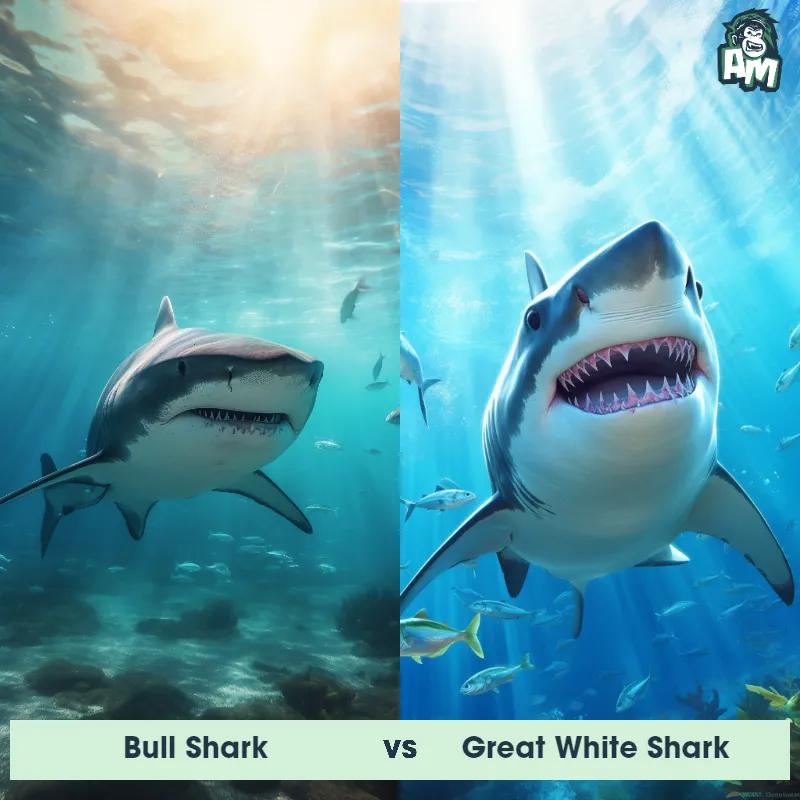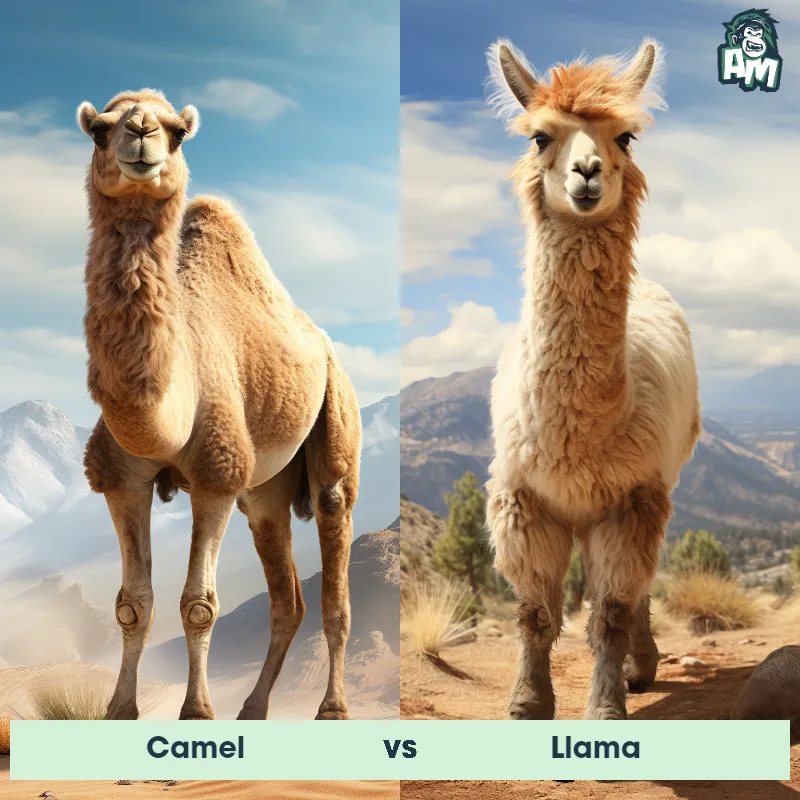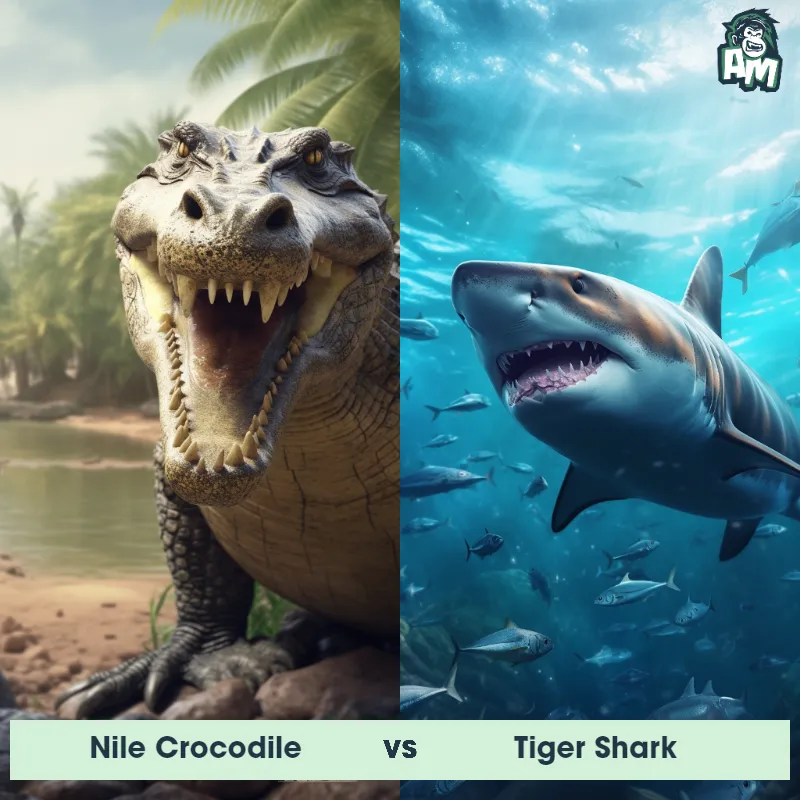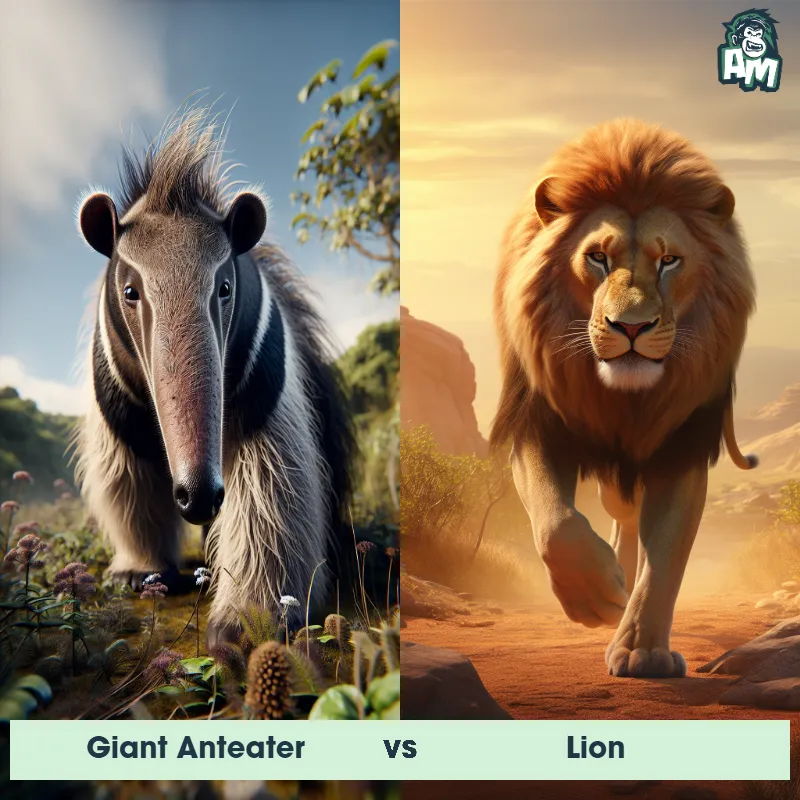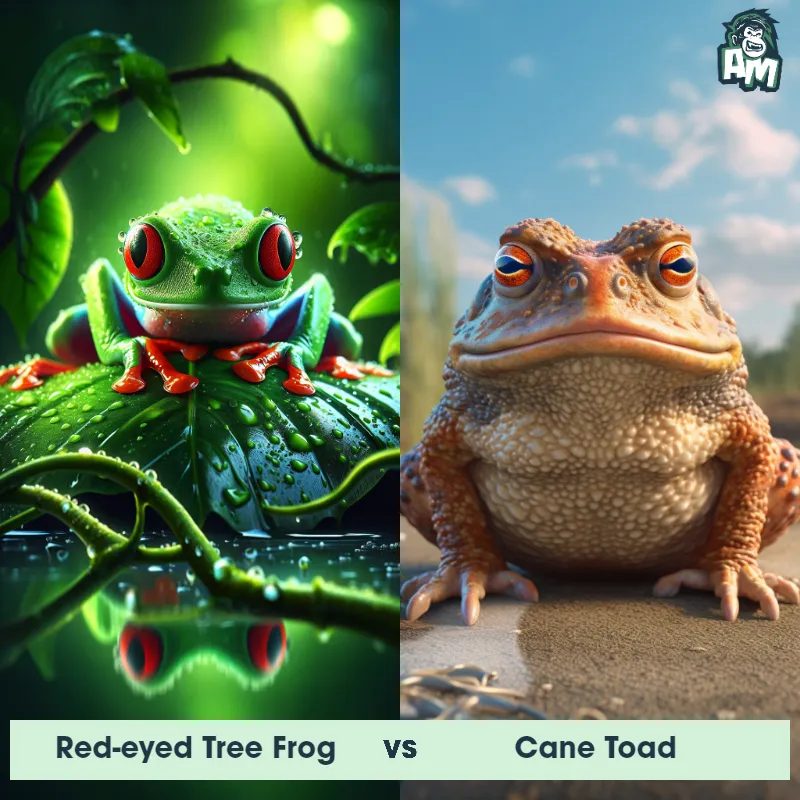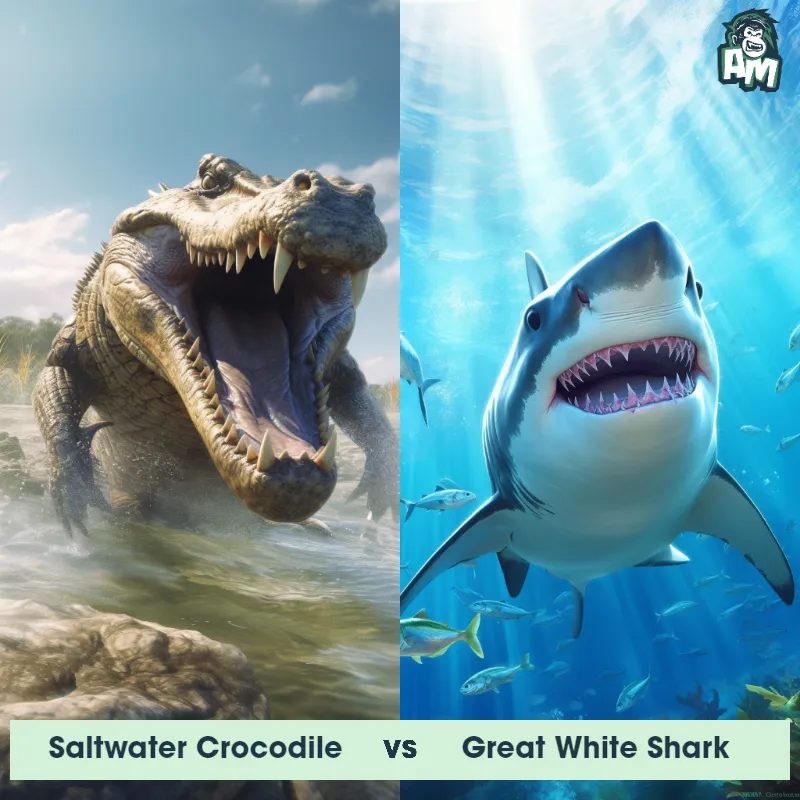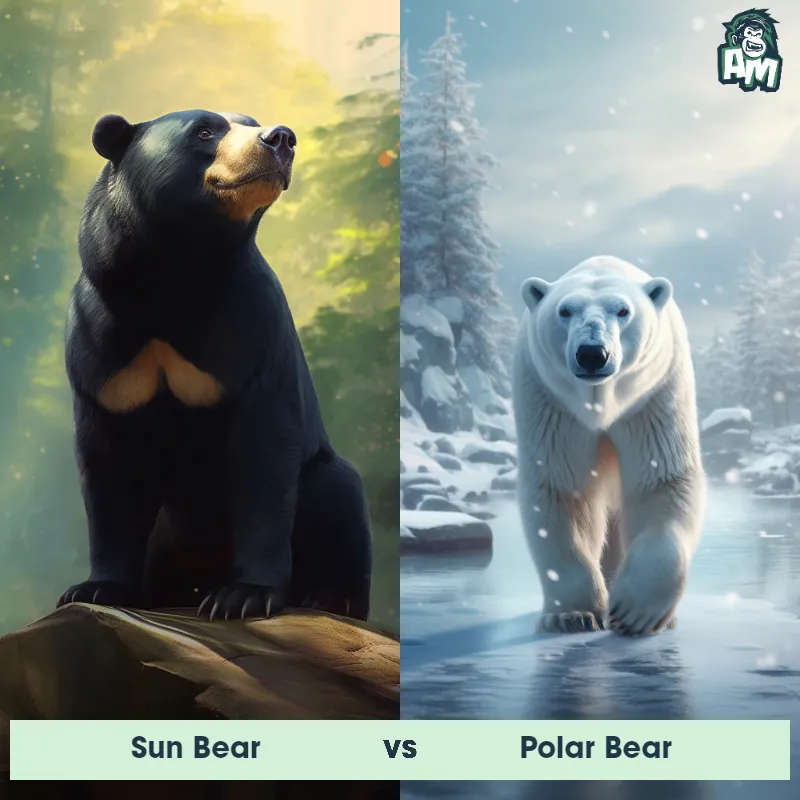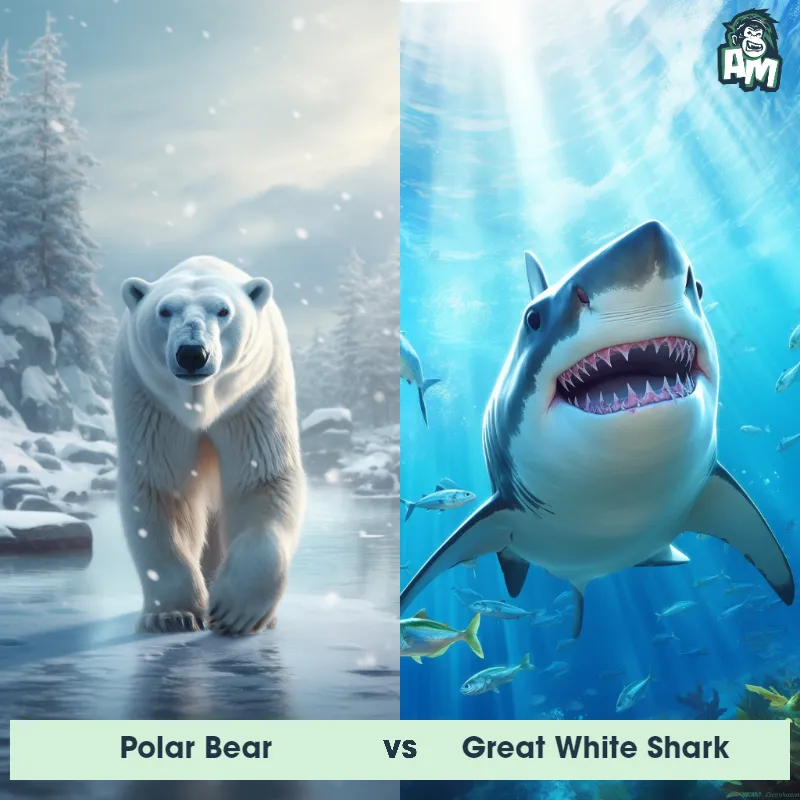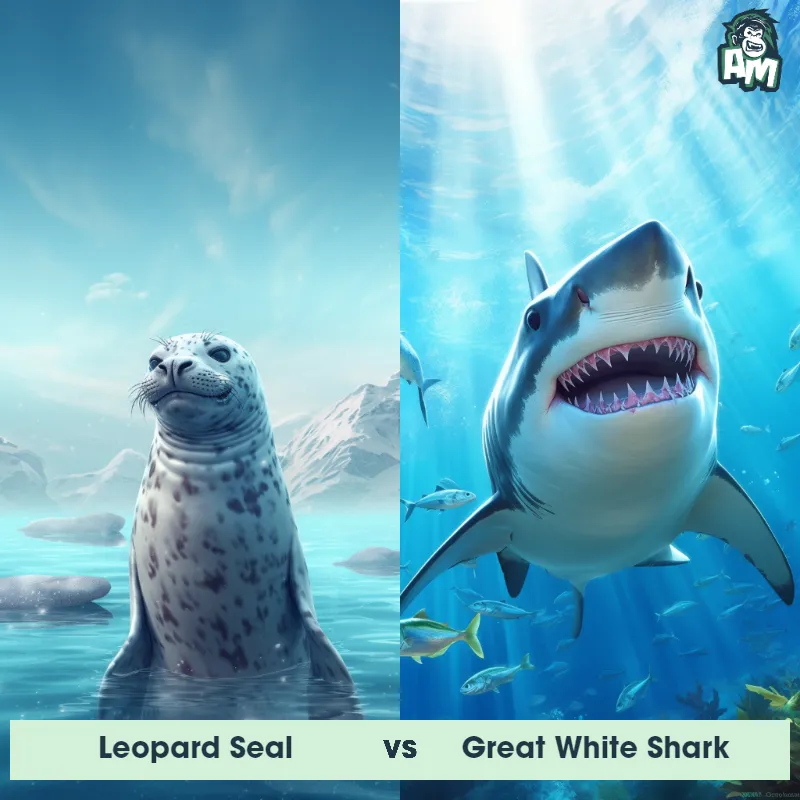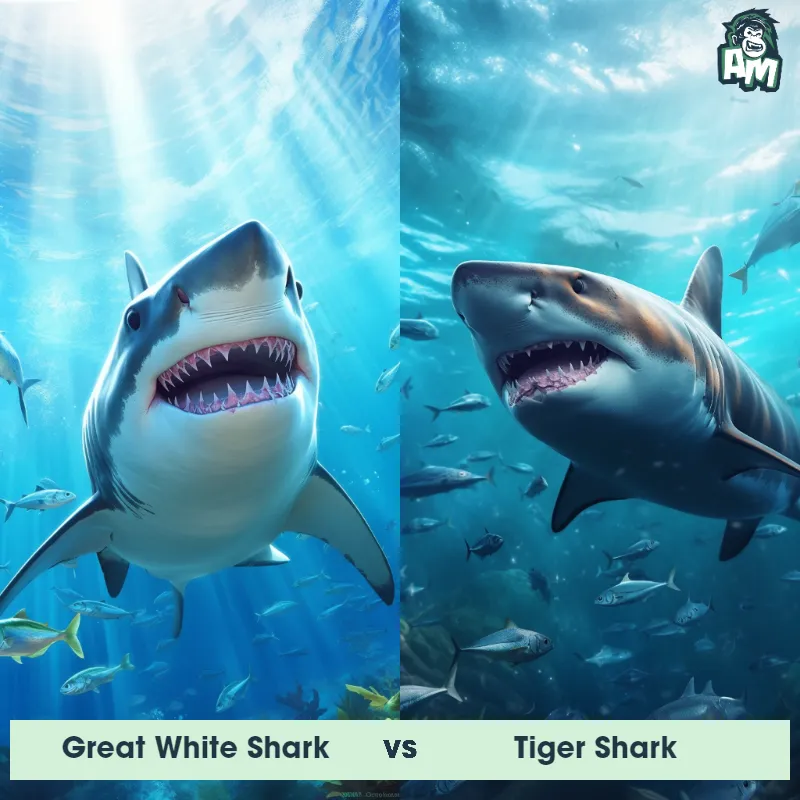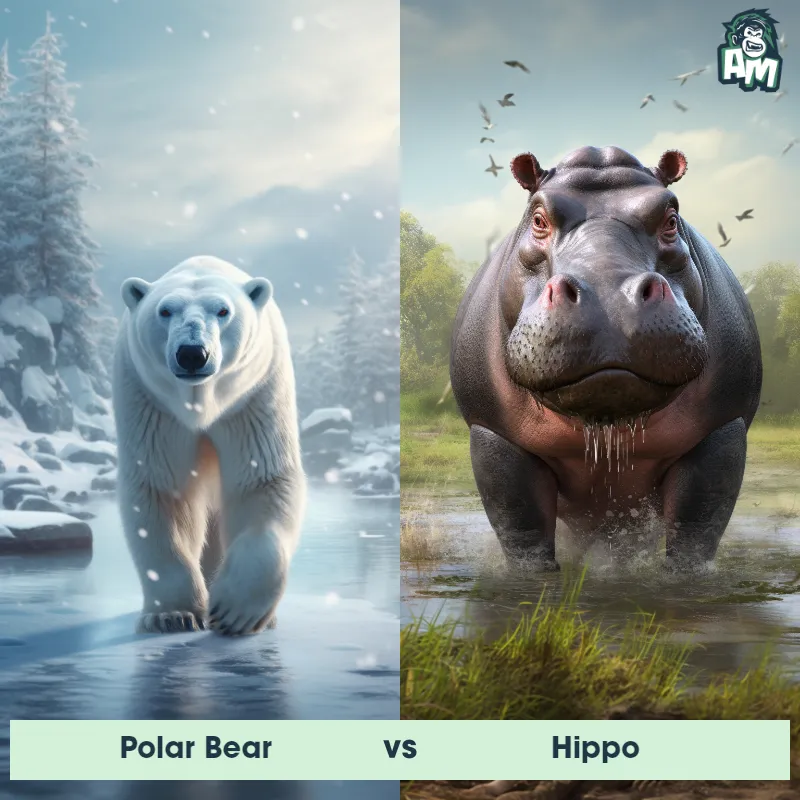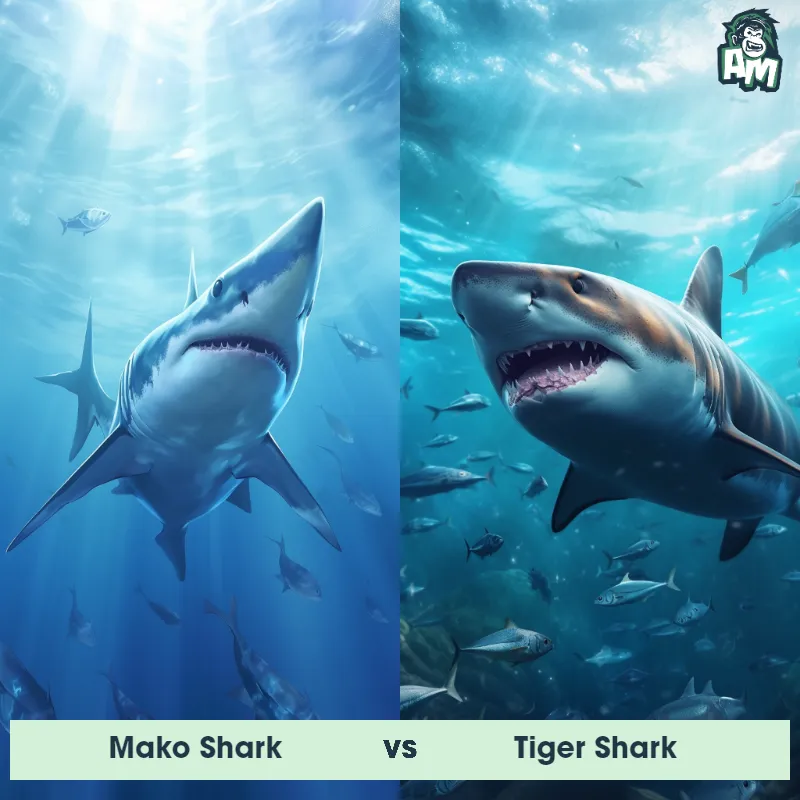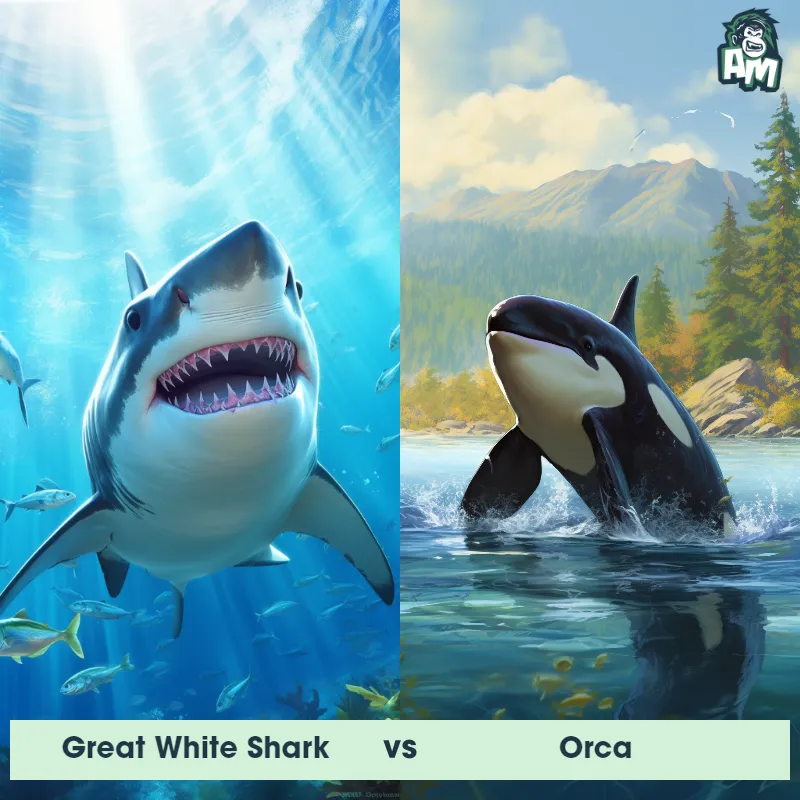Great White Shark vs Kodiak BearSee Who Wins
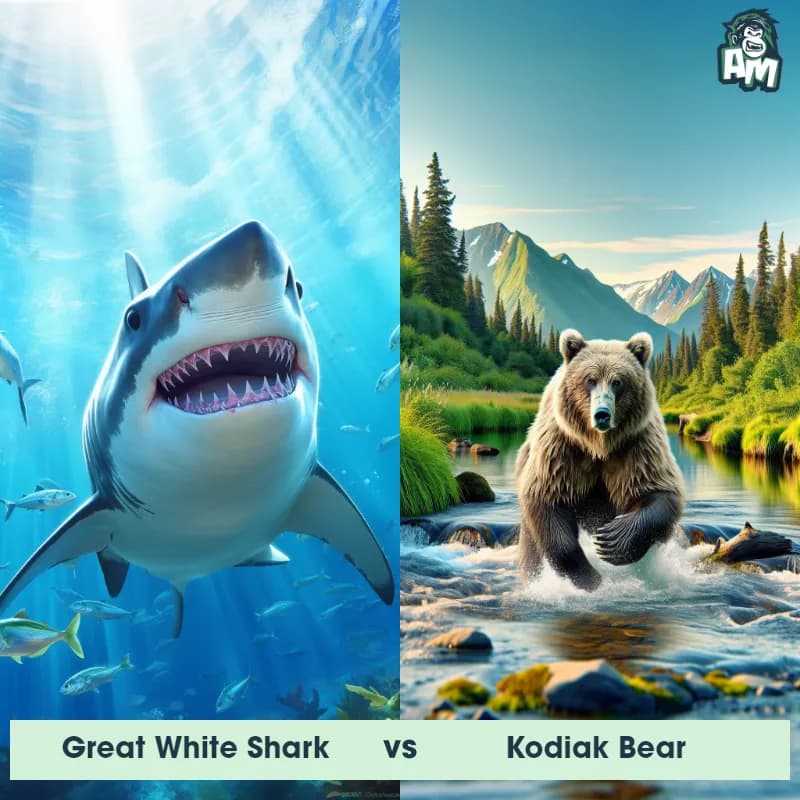
Ladies and gentlemen, welcome to this mesmerizing clash between two of Mother Nature's most formidable creatures. In the blue corner, weighing in at over 5,000 pounds, we have the sleek and deadly Great White Shark. And in the red corner, standing over 10 feet tall on its hind legs, we have the powerful and ferocious Kodiak Bear. This is a battle of epic proportions, and I can already feel the tension in the air. Hold onto your seats, folks, because this is going to be one intense showdown!
Contender 1: Great White Shark
The Great White Shark, also known as the white pointer or white death, is a large predatory fish that can grow up to 20 feet in length and weigh over 5,000 pounds. They have a distinctive torpedo-shaped body, grayish-brown skin, and rows of sharp teeth that can number up to 300. Great White Sharks are found in coastal waters all over the world and are known for their powerful jaws and ability to breach the surface of the water.
Fun Fact: Great White Sharks have a unique sense of smell that allows them to detect a single drop of blood in 25 gallons of water, which is equivalent to the size of an Olympic swimming pool.
Contender 2: Kodiak Bear
The Kodiak Bear, also known as the Alaskan Brown Bear, is a subspecies of brown bear native to the Kodiak Archipelago in southwestern Alaska. These colossal mammals are known for their massive size, with adult males weighing up to 1,500 pounds and standing at more than 10 feet tall when on their hind legs. Their fur is typically a dark brown color, providing excellent insulation in the cold Alaskan climate. Kodiak Bears are exceptionally strong swimmers and have a high tolerance for extreme weather conditions, making them formidable predators in their habitat.
Fun Fact: Did you know that Kodiak Bears have been observed sprinting at speeds of up to 30 miles per hour? Despite their enormous size, these mighty bears possess remarkable agility and can outrun most humans.
Matchup Stats
| Great White Shark | Kodiak Bear | |
|---|---|---|
| Size | Up to 20 feet (6.1 meters) | Up to 10 feet tall (3 meters) |
| Weight | Over 5,000 pounds (2,268 kilograms) | Up to 1,500 pounds (680 kilograms) |
| Speed | Speed: 25 mph (40 km/hr) | 34-35mph (55-56km/h) |
| Key Strength | Powerful jaws and sharp teeth | Strong bite and powerful swipes |
| Biggest Weakness | Vulnerable gills and eyes | Slower movements compared to smaller predators |
Current Votes
Great White Shark vs Kodiak Bear
See Who Wins
View More Matches
Looking For More?
Similar Matches
Scientific Stats
| Great White Shark | Kodiak Bear | |
|---|---|---|
| Scientific Name | Carcharodon carcharias | Ursus arctos middendorffi |
| Family | Lamnidae | Ursidae |
| Habitat | Coastal waters | Forests, tundra, and rocky areas |
| Geography | Worldwide | Kodiak Archipelago, southwestern Alaska |
| Diet | Carnivorous, primarily seals and sea lions | Omnivorous - eats berries, nuts, vegetation, fish, and meat |
| Lifespan | 70 years - 100 years | 20 years - 25 years |
Key Differences between Great White Shark and Kodiak Bear
- Body Shape: The Great White Shark is torpedo-shaped with a streamlined body built for swift swimming, while the Kodiak Bear has a robust and stocky build, with a prominent shoulder hump and a broad head.
- Skin and Coloration: The Great White Shark has tough, leathery skin that is gray or brownish-gray on the dorsal side and white on the ventral side, providing camouflage when viewed from above or below. In contrast, the Kodiak Bear has dense fur that varies in color from blonde to reddish-brown, with silver-tipped guard hairs.
- Habitat: Great White Sharks are found primarily in coastal and offshore waters worldwide, while Kodiak Bears inhabit the coastal areas and islands of southwestern Alaska, making them more accessible to human populations compared to the predominantly marine-dwelling sharks.
- Fins and Appendages: Great White Sharks are characterized by their large and triangular dorsal fin, a prominent feature that is absent in the Kodiak Bear. Instead, the bear has rounded ears and possesses strong forelimbs with sharp claws adapted for digging and catching prey.
- Teeth and Jaws: Great White Sharks have several rows of large, serrated and triangular teeth that are constantly replaced throughout their life, designed for capturing and gripping prey, whereas the Kodiak Bear has much larger and powerful jaws adapted for omnivorous feeding, with sharp, non-retractable claws for grasping and tearing.
- Size: The Great White Shark typically reaches lengths of 15-20 feet and can weigh up to 5,000 pounds, whereas the Kodiak Bear is the largest subspecies of brown bear and can weigh up to 1,500 pounds and stand 8-10 feet tall when on hind legs.



